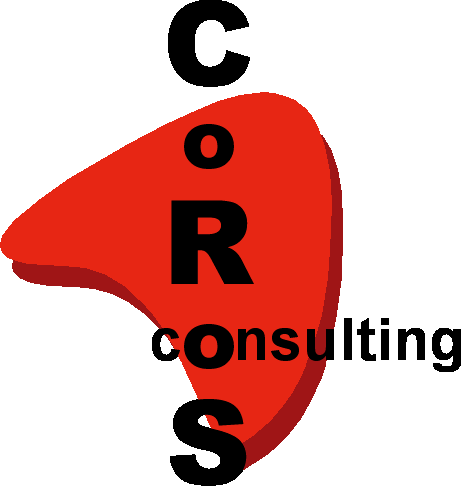|
|
 |
The following methodology has been
developed to ensure that our customers understand the importance of
archiving, the various tools which are available, and to actually
select the tools and processes that would be most appropriate to
meeting and managing their business requirements. Throughout all
stages of the implementation cycle the full participation is required
by the client to ensure that they are fully conversant with the
strategy and selection of solutions. The information archiving
methodology (IAM) consists of 7 phases:.
PROJECT PLANNING
In this phase we meet with the project sponsor and outline the scope
of the project, time line for completion and the need for full
participation of client's personnel in the various phases of the
project.
Also arrangements are made to provide the consultants with the
required access to a development/test version of the system that
contains representative complete information that is ready for
archiving. This will be used as a basis for testing of the
software/hardware and training of the various users. Typically a
copy of the production environment would fulfil the requirements for
testing and training.
The identification of personnel that is involved in the business
process functional aspect of the organisation as well as the
systems administration - technical (basis) area and their full
commitment to the project is essential. These individuals are
expected to understand the needs of the client in order to select
and implement the most appropriate solution that fulfil their needs
SOLUTION (S) OVERVIEW
In this phase we introduce the client to some of the popular
archiving solutions that are available, along with their features. We
provide a comparison of the solutions in terms of their nature (on-line vs. optical imaging, hardware vs. software etc), their
strengths and weaknesses and also the costs involved for the
solution - both hardware and software.
This information will form an integral part of the selection process
to define the strategy and decide on the solution that is most
appropriate to meet the needs of the client.
DEFINITION OF RETENTION AND ACCESS
REQUIREMENTS
The need for retention and degree of access to archived information
are established, driven by business processes that are internal to
the client as well as external agencies.
Working with our clients we establish all of the requirements with
the following in mind:
Internal operational needs
Legal/Statutory requirements
Taxation requirements
Regulatory agencies
At the end of the review the requirement of each data object is
defined in terms of when it can be archived degree of access
required and the time period for retaining this information in the
archives.
STRATEGY DEFINITION AND SELECTION OF
SOLUTION(S)
With the information obtained from the Solutions Overview Phase and
the Definition of Retention And Access Requirements phase, the
client is now ready to select one or more of the solutions that
satisfies the requirements of internal and external agencies for
both short term and long term. The cost effectiveness of the
solution, ease of implementation and user friendliness is also
considered during this phase in order to select the most optimum
solution and strategy.
TESTING AND TRAINING
During this phase the software is loaded and the hardware configured
in a test environment. The processes are tested and the results
documented. Any abnormalities are resolved and users are trained on
the system through hands on exercises and training documentation,
which we develop specifically for the client. Stress testing is also
done in order to establish optimum run times and select the optimum
batch size of data to be used in each run.
Insight into scheduling of the runs is also obtained through
monitoring each of the computer jobs in order to execute them at a
time that does no adversely affect normal daily production
activities.
PRODUCTION
Having done all of the testing and users trained to use the system
and processes, the configuration is now transported into the
production environment. Responsibilities and authorisations are
given only to the appropriate personnel in order to maintain control
over the archiving process. Table sizes are reviewed in the
production system to identify the areas that are more critically in
need of archiving.
The various runs are scheduled in conjunction with the Scheduler to
ensure that the jobs are executed at the optimum times. After each
run the results are reviewed for completeness and any abnormalities
addressed before proceeding further in the process.
Controls are also established for retrieval of the archived
information to ensure that only authorised personnel have access to
this data.
SUPPORT
We work in partnership with our clients and want to make sure that
the system and processes function productively after implementation.
We are therefore prepared to provide our clients with the necessary
support during the Go-live and after, to ensure that there are no
unresolved issues.
|




